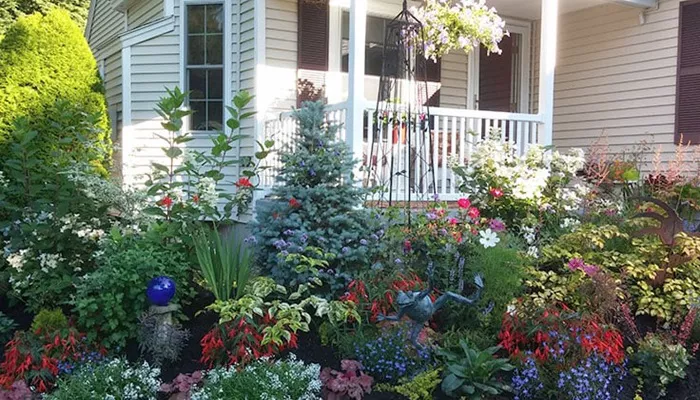Garden Talk: Preparing Your Garden for Fall and Winter.
Jill and Rick Van Duyvendyk host “Garden Talk” on 650 CKOM and 980 CJME every Sunday from 9 a.m. to 11 a.m. They recently addressed several common gardening questions on their September 8th show.
Preparing Your Garden for Fall
To get your garden ready for fall, cover any remaining crops when temperatures drop to 2 or 3°C to extend their ripening period. Given the late start to spring, it’s important to make the most of the harvest season.
Replace fading plants in pots with fall options like chrysanthemums, kale, or ornamental grasses. Adding a pumpkin can also enhance the autumn look. For longer-lasting decorations, avoid puncturing gourds, as this can lead to rot.
Choose plants that bloom into fall for continued color. Sedums, rudbeckias, heliopsis, and Karl Foerster grasses are great options. September is also an ideal time to apply fall fertilizer to lawns, such as GroundKeeper, and reduce watering. Avoid fertilizing shrubs and trees at this time.
Pruning maples and birches is advisable now, as is pruning elm trees, which is permitted at this time.
Planting Trees and Shrubs in Fall
Most trees and shrubs can be planted in the fall, but cedars are best planted in spring. Spruce trees, however, can be moved in the fall, even if they are 12 feet tall. When planting, ensure the soil around the root ball is well-soaked, especially if the tree still has green leaves. Water daily and avoid disturbing the root system.
Caring for Potted Plants Over Winter
Do not store potted plants in the garage. Instead, bury the pots in a garden bed with loose soil and cover with mulch. For small pine, spruce, or cedar trees, place them on the north side of a garden shed and wrap with burlap, leaving the top open to allow snow in. Burlap protects from sun and wind, not heat. Remove the burlap when the ground thaws.
Managing Diseased or Pest-Affected Leaves
Dispose of leaves affected by fungal diseases. For regular leaf drop, some can be placed in plastic bags for later use or composted in spring. Retain some leaves to support beneficial insects like ladybugs.
Dealing with Aphids
Aphids, particularly red ones, are prevalent this year. They often accompany ants, which can cause additional soil problems. To manage aphids, keep plants healthy and watered. Insecticidal soap, such as End All or Bug-X Out, is effective. Introducing predatory insects like ladybugs or praying mantises can help balance the pest population.
Addressing Droopy Hydrangeas
Hydrangeas may droop due to inconsistent watering. Prune them back in spring and use a peony hoop for support. To enhance soil acidity and flower color, apply aluminum sulfate in the fall.
Handling Browning Cedars
Browning cedars may result from spider mites or fungal infections. Spider mites can be treated with Malathion or cold water. For fungal issues, apply Bordeaux or copper fungicide every 10 days.
Wintering Tropical Plants
Decide whether you have space and capability to care for tropical plants indoors. Group plants for humidity and use humidifiers if needed. Bring plants inside when temperatures drop to around 10°C. Check for pests like spider mites and mealy bugs and treat with insecticidal soap. Expect some changes as plants adapt to indoor conditions.
Caring for Indoor Plants
Fungus gnats are a common indoor pest. Use nematodes like Pot Poppers and Sticky Stiks to manage them. Spider mites, which make plants look dusty, can be managed by increasing humidity and using End All. Mealy bugs, often found on succulents, can be treated with End All or rubbing alcohol mixed with water.


